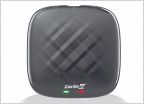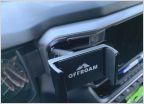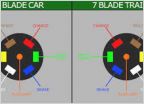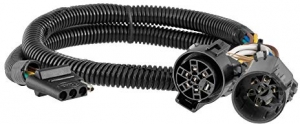-
Welcome to Tundras.com!
You are currently viewing as a guest! To get full-access, you need to register for a FREE account.
As a registered member, you’ll be able to:- Participate in all Tundra discussion topics
- Transfer over your build thread from a different forum to this one
- Communicate privately with other Tundra owners from around the world
- Post your own photos in our Members Gallery
- Access all special features of the site
High rpms
Discussion in '3rd Gen Tundras (2022+)' started by EmergencyMaximum, Jul 14, 2025.
Page 2 of 2
Page 2 of 2


 Oil Filter Cap Wrench that fits 2022+ Tundras
Oil Filter Cap Wrench that fits 2022+ Tundras Any Jailbreak could make the monitor play video?
Any Jailbreak could make the monitor play video? Offroam phone mount
Offroam phone mount Anyone have a case that you are able to charge through
Anyone have a case that you are able to charge through 2022 Tundra Cleaning Battery—-what will be lost?
2022 Tundra Cleaning Battery—-what will be lost? Using Battery For Running Air Compressor
Using Battery For Running Air Compressor















































































